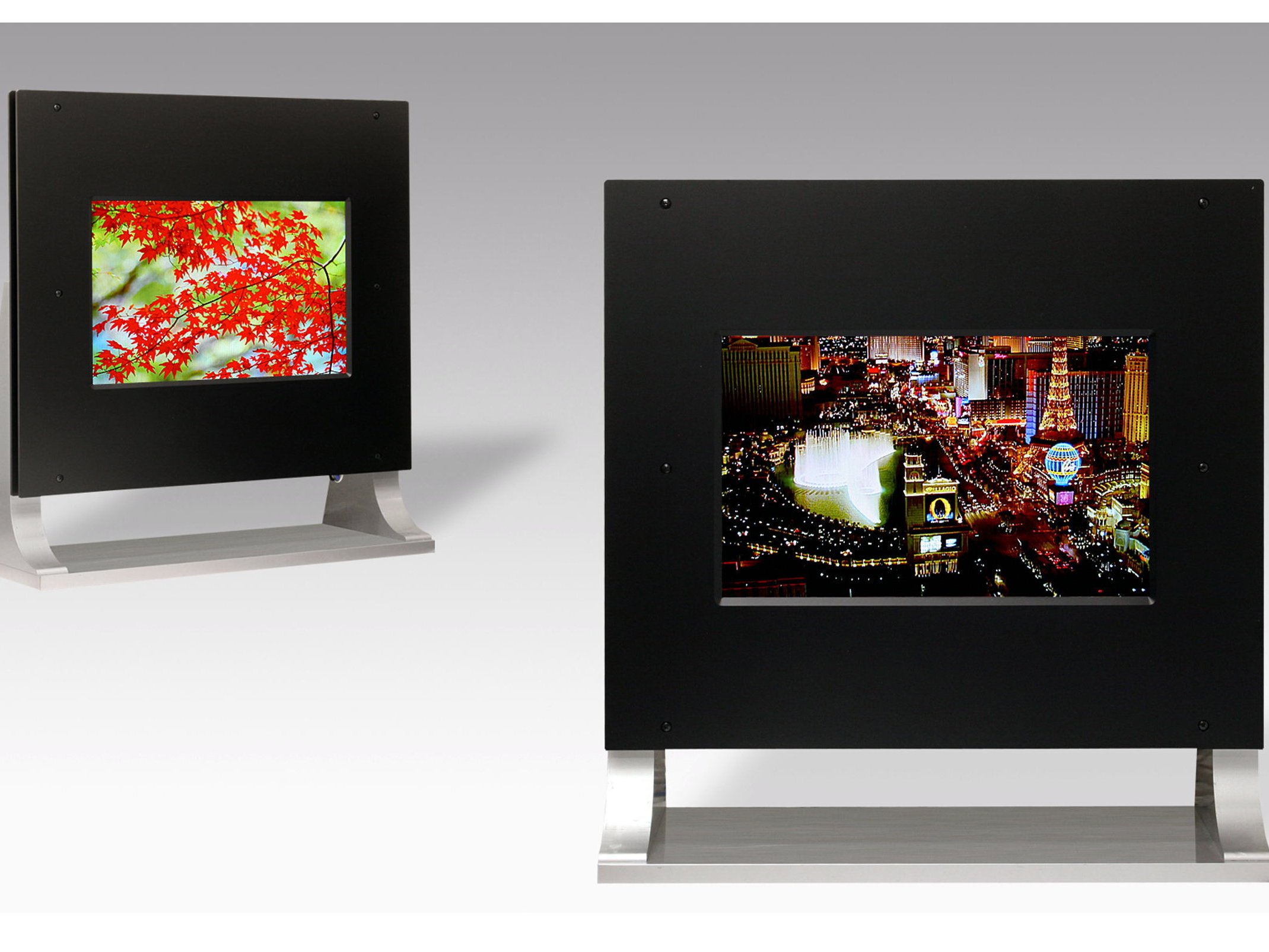Sumitomo unlikely to make OLED TVs by 2009
Japanese claim apparently "misquoted"

A recent report stating Japanese manufacturer Sumitomo Chemicals will begin producing OLED TVs by 2009 appears to be wide of the mark.
An informed source at Cambridge Display Technology, the company that develops the polymer light emitting materials (P-OLEDs) to be used in the forthcoming TVs, says “Sumitomo is working with partners so the timing of any product launch is not just [its] call.”
The source goes on to say Sumitomo President Hiromasa Yonekura was “misquoted” in his speech regarding the development of OLED TVs and the timescale placed upon their release.
Printing the future
CDT was purchased by Sumitomo Chemicals in 2007 after a long-standing partnership to help develop P-OLEDs and the Japanese company intends to leverage the technology to make displays and TVs in a variety of sizes.
You will probably have heard of the OLED (which stands for Organic Light Emitting Diode) already, but you probably don’t know two rival technologies exist within it. Small Molecule OLEDs (SMOLEDs) are the most widely used version, already employed by companies such as Samsung in a few of their mobile phones.
These are created by heating up the organic matter and evaporating it onto a template, thus creating a display. This is a complex process and can sometimes be only 5% efficient, as a lot of materials are lost in the evaporation process.
Sign up for breaking news, reviews, opinion, top tech deals, and more.
P-OLEDs, also knows as PLEDs or Light Emitting Polymers, can be directly printed into a TV design using an inkjet printer, thus making them a lot more efficient. However, PLED displays have not been able to perform as well as SMOLEDs in the past, and were less cost-effective.
However, since CDT was bought by Sumitomo, the development process has been ramped up, and P-OLEDs are now ready for the mainstream.
Another source at CDT said claims the Sumitomo displays could be inkjet-printed were valid, as the technology has also been developed to the point where it could be used to manufacture larger panels.
So it might not be in this decade, but low-cost, ultra-thin large screen OLED TVs could be with us sooner than many people think.

Gareth has been part of the consumer technology world in a career spanning three decades. He started life as a staff writer on the fledgling TechRadar, and has grew with the site (primarily as phones, tablets and wearables editor) until becoming Global Editor in Chief in 2018. Gareth has written over 4,000 articles for TechRadar, has contributed expert insight to a number of other publications, chaired panels on zeitgeist technologies, presented at the Gadget Show Live as well as representing the brand on TV and radio for multiple channels including Sky, BBC, ITV and Al-Jazeera. Passionate about fitness, he can bore anyone rigid about stress management, sleep tracking, heart rate variance as well as bemoaning something about the latest iPhone, Galaxy or OLED TV.